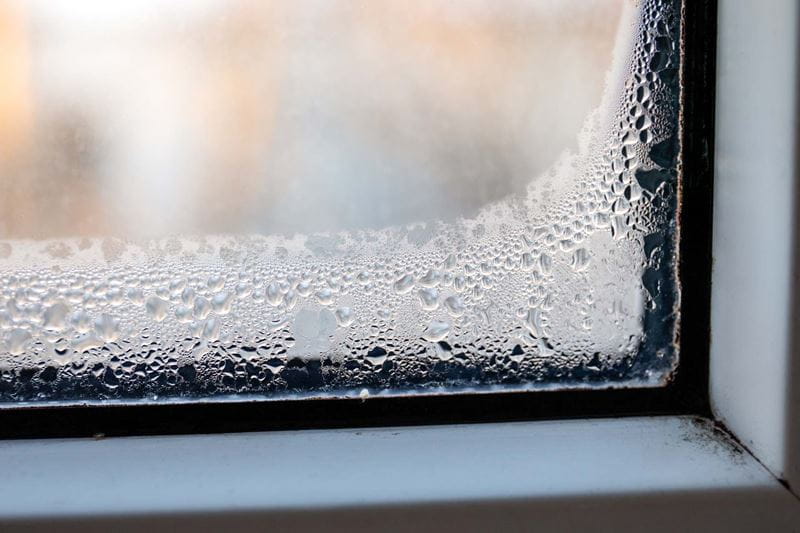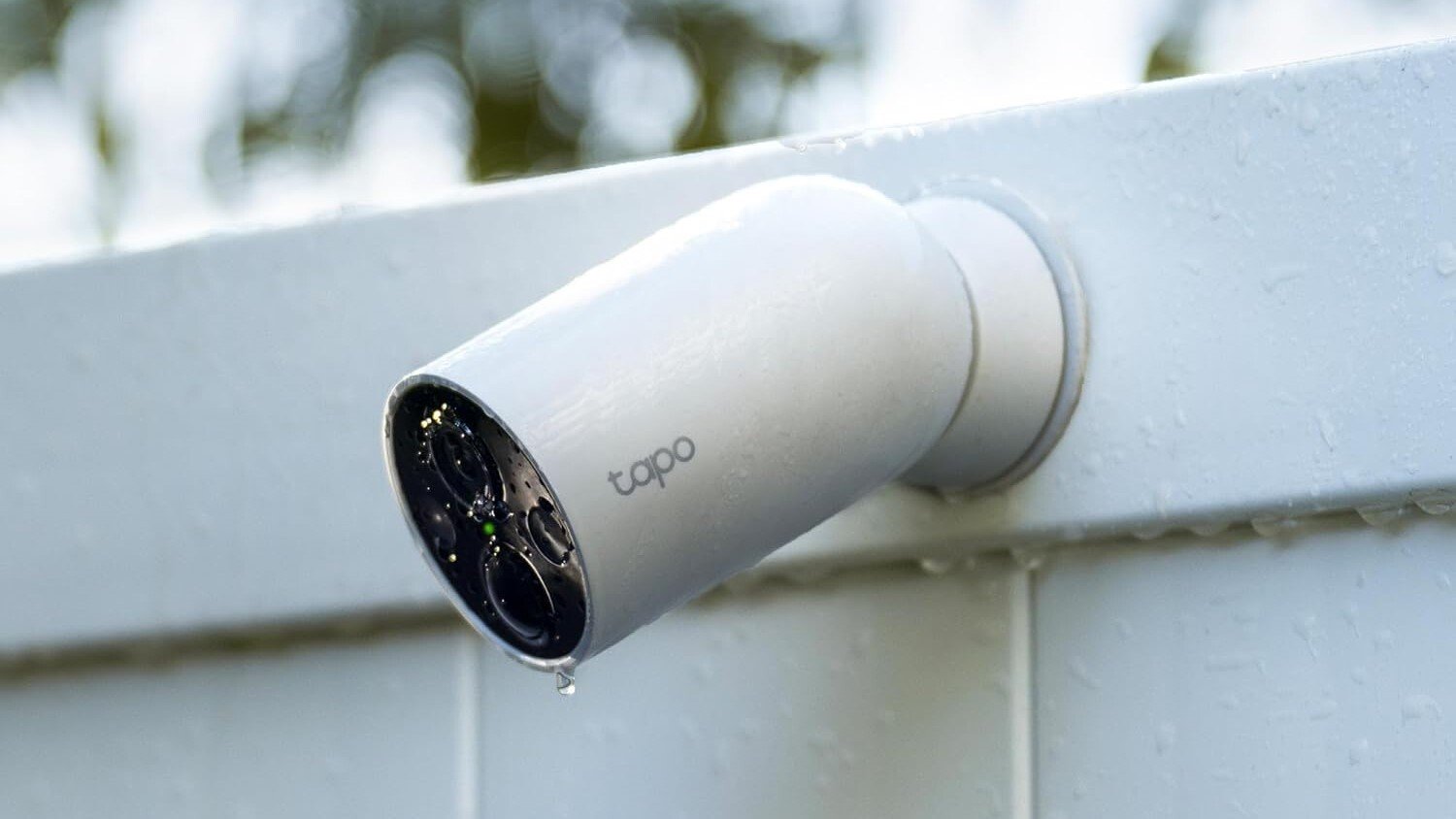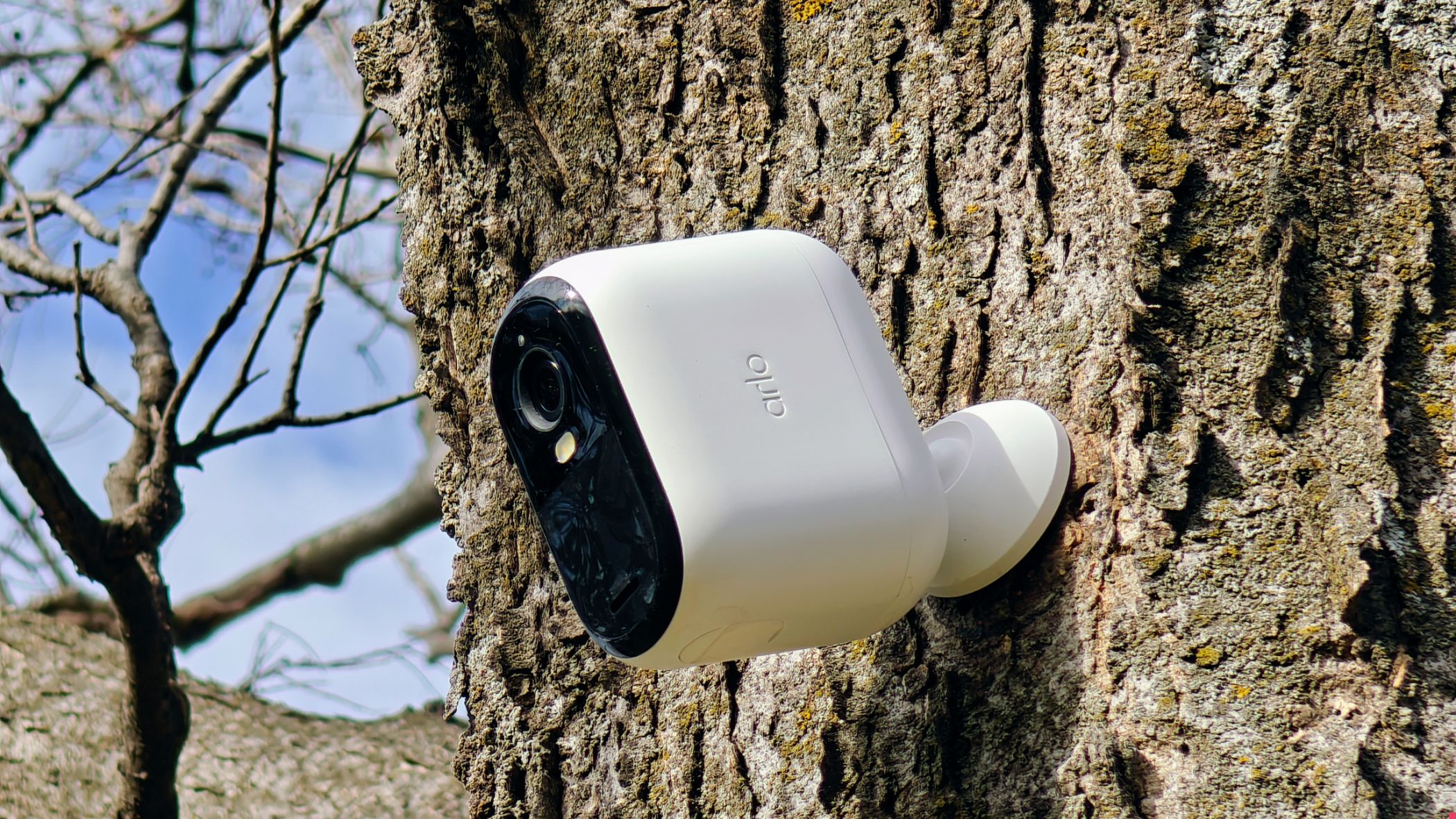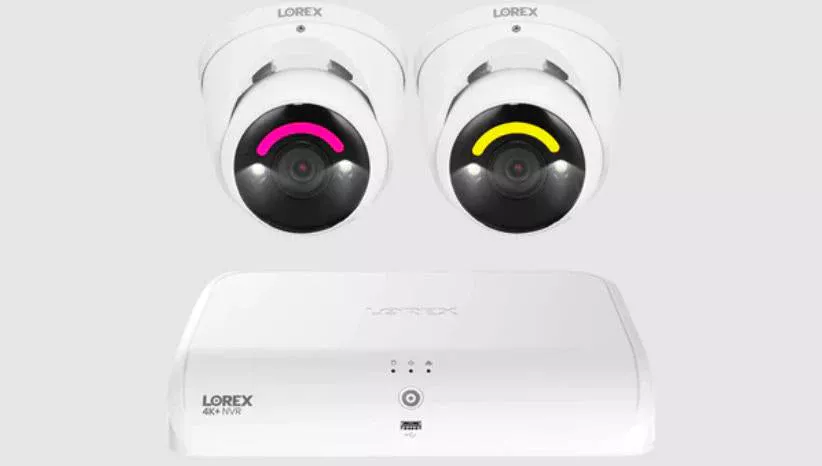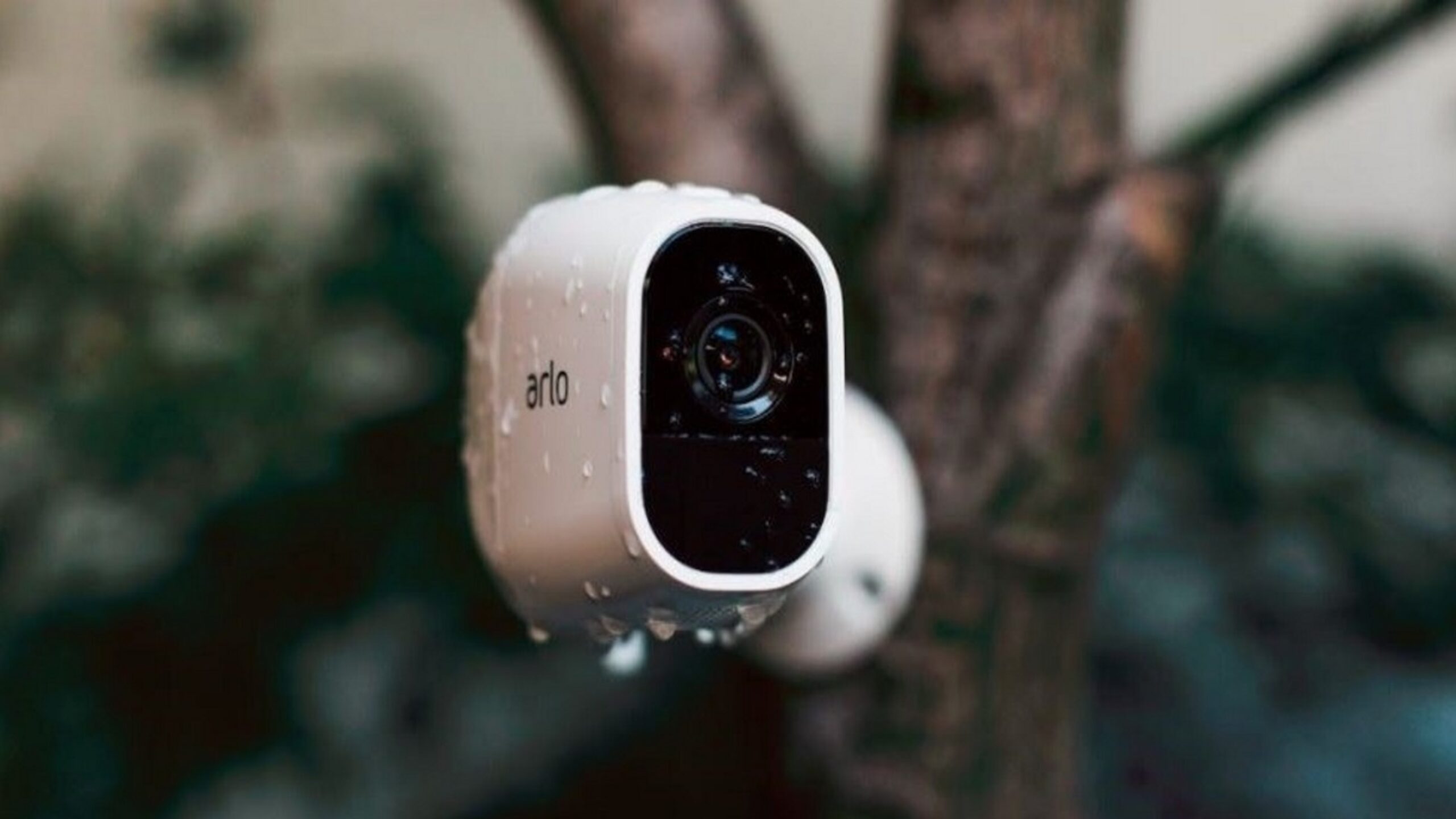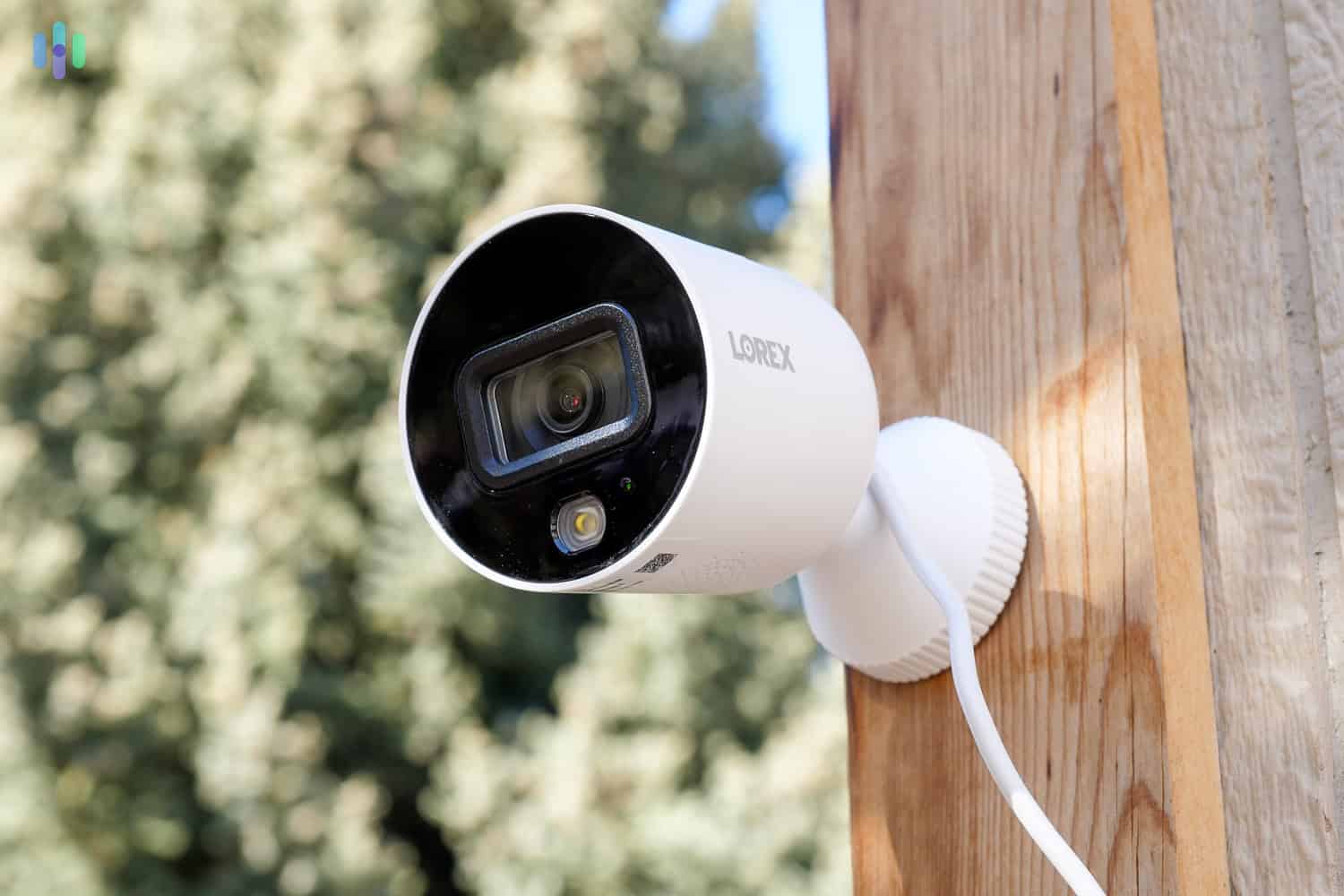Are you tired of waking up to foggy windows and worrying about hidden moisture damaging your home? Imagine if your windows could tell you the moment condensation starts forming.
With DIY smart window condensation alerts, you can protect your space easily and save money on repairs. This simple project gives you real-time updates, so you never miss a sign of trouble. Keep reading to discover how you can build your own smart alert system and take control of your home’s air quality before problems grow.
:max_bytes(150000):strip_icc()/SPR-should-you-seal-gaps-around-windows-and-doors-before-fall-11787480-4cc1cd9ab77f4d0fade39e72beaa2640.jpg)
Credit: www.thespruce.com
Causes Of Window Condensation
Window condensation happens when water forms on glass surfaces. This can make windows wet and blurry.
Understanding why condensation forms helps you prevent damage and keep your home comfortable.
Humidity And Temperature Effects
High humidity inside a room raises the chance of condensation on windows. Warm air holds more moisture than cold air.
When warm, moist air touches a cold window, the air cools down. This causes the moisture to turn into water droplets.
- Warm air inside meets cold glass outside
- Moisture changes from gas to liquid on window surface
- Humidity levels above 60% increase condensation risk
Common Problem Areas
Condensation often forms in spots where air flow is low or temperature changes quickly. These areas stay cooler than the rest of the room.
Windows in kitchens, bathrooms, and basements are more likely to have condensation because of extra moisture and cooler conditions.
- Bathroom windows due to steam from showers
- Kitchen windows from cooking moisture
- Basement windows because of colder walls and floors
- Single-pane windows that do not insulate well
Why Monitor Window Condensation
Window condensation happens when moisture builds up on glass surfaces. This can cause problems inside your home.
Monitoring condensation helps you spot issues early. It keeps your home safe and comfortable.
Preventing Mold Growth
Mold grows in damp places like wet window frames. It can harm your health and damage your home.
Watching for condensation helps you stop mold before it starts. You can dry the moisture quickly and keep mold away.
Improving Indoor Air Quality
Too much moisture makes the air inside your home unhealthy. It can cause allergies and breathing problems.
By tracking window condensation, you control humidity levels. This keeps the air clean and fresh.
Protecting Window Frames
Condensation can damage window frames over time. Wood can rot and metal can rust from constant moisture.
Monitoring alerts you to fix leaks or improve ventilation. This protects your windows and saves money on repairs.
Choosing Sensors For Alerts
Smart window condensation alerts help prevent moisture damage. Choosing the right sensors is key for accurate alerts.
Select sensors that fit your needs and environment. Sensor types vary in how they detect moisture and conditions.
Types Of Moisture Sensors
Moisture sensors detect water or condensation on surfaces. Some use electrical signals, others measure changes in materials.
Common types include resistive, capacitive, and optical sensors. Each type has strengths and limits for window use.
- Resistive sensors:Measure resistance change when wet.
- Capacitive sensors:Detect changes in capacitance from moisture.
- Optical sensors:Use light reflection to sense water.
Temperature And Humidity Sensors
Temperature and humidity sensors track air moisture and heat near windows. These help predict condensation before it forms.
They provide data on room conditions that affect window moisture. This helps smart systems give early warnings.
- Measure relative humidity percentage
- Track temperature changes over time
- Help reduce false moisture alerts
Wireless Vs Wired Options
Wireless sensors send data without cables. They are easier to install but need batteries or power.
Wired sensors connect directly to power and control units. They offer stable signals but need more work to set up.
- Wireless:Simple setup, flexible placement, battery required
- Wired:Reliable power, stable connection, installation effort
Setting Up Your Alert System
Creating a smart window condensation alert system helps protect your home. It warns you before moisture causes damage.
This guide shows you how to set up your own alert system step by step.
Gathering Materials
First, collect all parts needed for your alert system. Use quality items for better results.
- Humidity and temperature sensor
- Microcontroller (like Arduino or ESP8266)
- Power source (battery or adapter)
- Wi-Fi module (if not built-in)
- Connecting wires and breadboard
- Enclosure to protect electronics
Sensor Placement Tips
Place sensors where condensation forms often. This helps detect moisture early and accurately.
Keep sensors away from direct sunlight and heating vents to avoid false readings.
- Attach sensors near window frames
- Avoid places with strong air drafts
- Mount sensors at different heights for better data
- Secure sensors firmly to prevent movement
Connecting To Home Network
Connect your microcontroller to your home Wi-Fi to send alerts. Use stable network settings for reliable alerts.
Follow these tips for network setup and security.
- Use 2.4 GHz Wi-Fi for better compatibility
- Keep your Wi-Fi password safe and strong
- Assign a static IP to your device if possible
- Test connection before final installation
Programming Alerts
Smart window condensation alerts help prevent damage from moisture. Programming these alerts allows you to get notified quickly.
You can use simple code to detect condensation and send alerts to your phone or smart devices.
Using Microcontrollers
Microcontrollers like Arduino or ESP32 are great for sensing condensation. You connect sensors to detect moisture levels on windows.
Write code to read sensor data and check if moisture passes a set limit. This triggers an alert signal.
- Use a humidity or moisture sensor near the window glass
- Program the microcontroller to monitor sensor values continuously
- Set a threshold value that means condensation is present
- Trigger an output or message when condensation is detected
Configuring Notification Methods
Choose how you want to receive alerts about condensation. Notifications can be simple or more advanced.
Common ways to notify are text messages, emails, or push notifications on your phone.
- Send SMS using GSM modules or online services
- Use email alerts via Wi-Fi modules
- Push notifications through apps like Pushover or IFTTT
- Trigger sound or light alarms connected to the microcontroller
Integrating With Smart Home Devices
Link your condensation alert system to smart home devices for better control. This lets you automate actions based on alerts.
For example, turn on a dehumidifier or open a window automatically to reduce moisture.
- Connect with smart hubs like Home Assistant or SmartThings
- Use MQTT or HTTP protocols to send data to smart home apps
- Automate devices like fans, heaters, or windows based on alerts
- Monitor sensor status from your smartphone or voice assistants
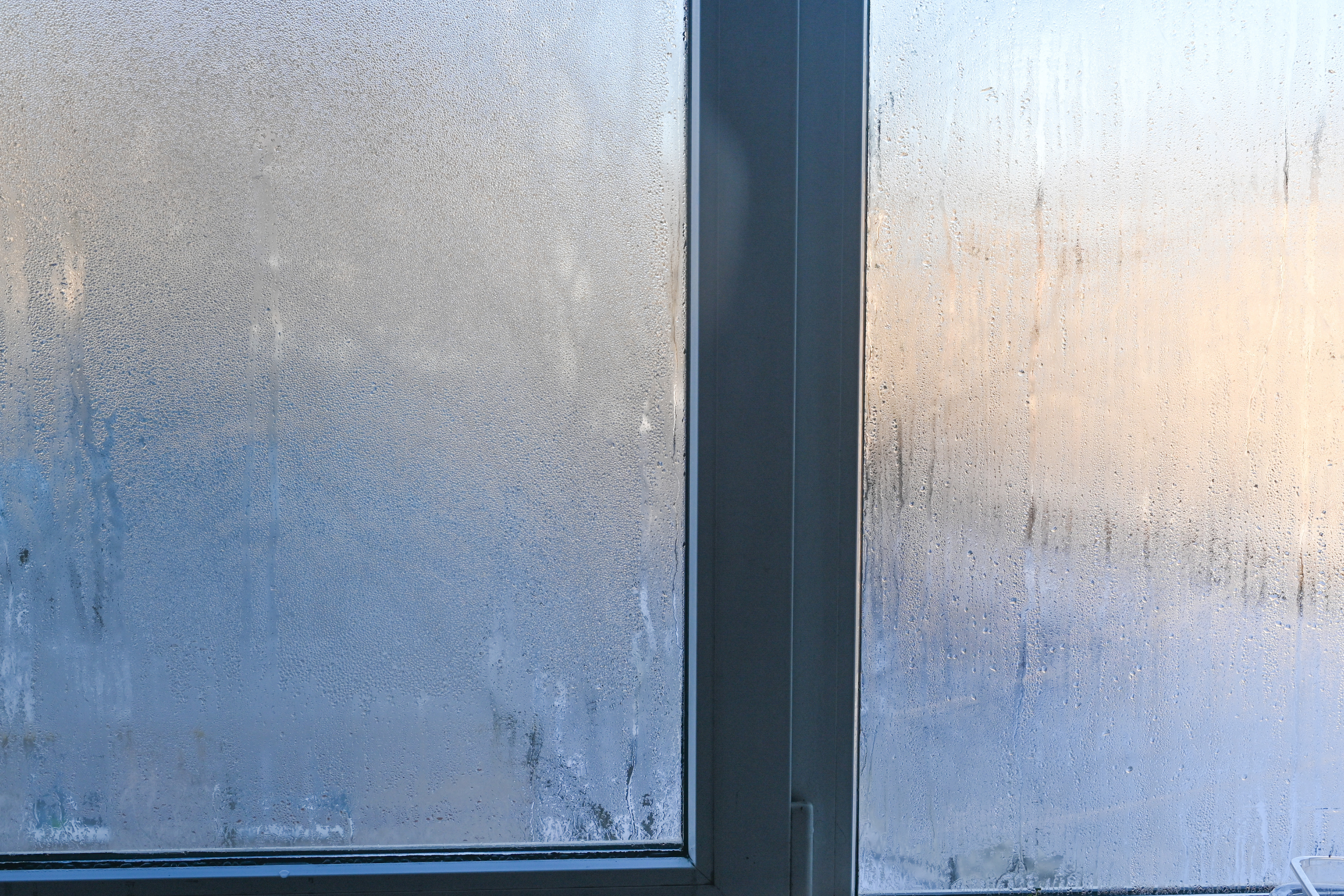
Credit: www.windowfilmdepot.com
Maintenance And Troubleshooting
Keeping your DIY smart window condensation alert working well needs regular care. This helps the sensor give accurate alerts and last longer.
Troubleshooting common problems can save time and fix issues quickly. Check the sensor and battery often for best results.
Sensor Calibration
Sensor calibration keeps the device reading moisture correctly. Check calibration every few months or after moving the sensor.
Use the sensor’s app or manual controls to adjust settings. Follow the instructions to reset or calibrate the sensor.
- Place sensor in a dry area to reset baseline
- Use calibration mode if available on the device
- Test sensor with known moisture levels
Battery Management
Good battery care keeps your alerts active and reliable. Replace batteries before they run out to avoid missed warnings.
Use the right battery type and check charge levels regularly. Rechargeable batteries may need a full charge cycle sometimes.
- Check battery status through the app or device
- Replace batteries every 6-12 months
- Keep spare batteries nearby for quick changes
Common Issues And Fixes
Some problems can happen with your condensation alert. Knowing how to fix them saves time and keeps your device working.
Issues like false alerts or no alerts often come from sensor errors or power problems. Check these first before other fixes.
- False alerts: clean the sensor and recalibrate it
- No alerts: check battery and sensor connections
- App not syncing: restart the device and phone
- Sensor not detecting moisture: replace the sensor if damaged
Enhancing Home Comfort
Smart window condensation alerts help keep your home comfortable. They notify you when moisture builds up on windows.
These alerts let you act quickly to reduce dampness and prevent mold. This keeps your living space fresh and healthy.
Using Alerts To Improve Ventilation
Condensation alerts tell you when to open windows or doors. Good airflow lowers indoor moisture and stops damp smells.
You can use alerts to time ventilation during cooking or showering. This cuts down excess humidity in your home.
Combining With Dehumidifiers
Pairing alerts with a dehumidifier keeps moisture levels steady. When alerts show high humidity, turn on the dehumidifier.
This stops condensation before it forms on windows. It also protects walls and furniture from damp damage.
- Alerts detect moisture early
- Dehumidifiers reduce indoor humidity
- Together they maintain dry, healthy air
Seasonal Adjustments
Change alert settings as seasons shift. Cold months need more alerts because windows fog up easily.
Warm seasons may need fewer alerts but watch for rainy days. Adjusting alerts helps save energy and keeps comfort high.
- Increase alert sensitivity in winter
- Lower sensitivity in summer
- Check alerts after storms or rain
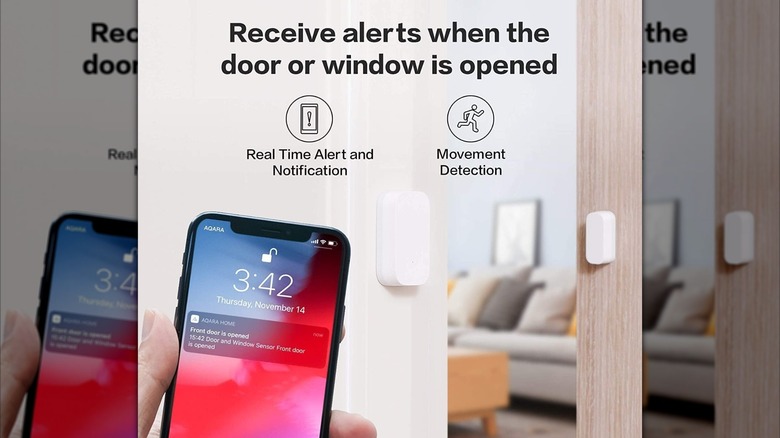
Credit: www.slashgear.com
Frequently Asked Questions
What Is A Diy Smart Window Condensation Alert?
A DIY smart window condensation alert detects moisture buildup on windows. It notifies you to prevent mold and damage. Using sensors, it monitors humidity and temperature changes. This alert helps maintain indoor air quality and window integrity cost-effectively.
How Do Smart Condensation Alerts Work On Windows?
Smart condensation alerts use sensors to measure humidity and temperature near windows. When moisture reaches a set level, the system sends an alert. This allows timely action to reduce condensation, preventing mold growth and window damage.
Why Install A Smart Condensation Alert At Home?
Installing a smart condensation alert prevents window damage and mold growth. It improves indoor air quality by detecting moisture early. This helps maintain a healthy home environment and saves money on repairs.
Can I Build A Smart Condensation Alert Myself?
Yes, you can build a smart condensation alert using humidity sensors and microcontrollers. DIY kits or online guides simplify the process. This approach is affordable, customizable, and effective for monitoring window moisture.
Conclusion
Creating your own smart window condensation alerts is simple and effective. This DIY project helps maintain a comfortable home. It also saves time and effort. With a few tools and materials, you can easily monitor moisture levels. This ensures your windows stay clear and dry.
Plus, it helps prevent mold and damage. Enjoy a safer and healthier living space. Get started with this project today. Enhance your home’s environment with smart technology. It’s a small step with big benefits. Keep learning and improving your DIY skills.
Your home will thank you.
17 min read

